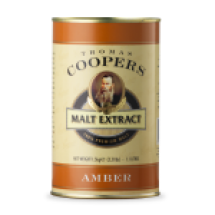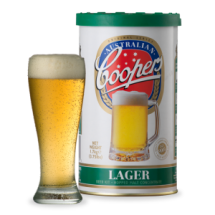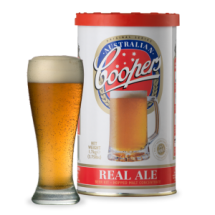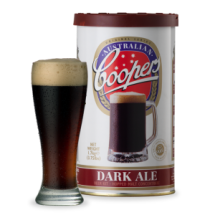1.7 kg Coopers Home Brew (Lager, Draught, Real Ale or Dark Ale)
1.5 kg Coopers Amber Malt Extract
250g (8oz) Brown Sugar
1 star anise
2 sticks cinnamon
1 vanilla bean pod
2 tablespoons coriander seeds
1 oz. Saaz hops pellets (or aroma hop of your choice)
Yeast of your choice (or active Coopers commercial yeast culture) Check out online how to culture the yeast from the bottles of the commercial Coopers Pale Ale.
Made to 20 liters. Choose a beer kit with the color, flavor and bitterness in mind.
STEP 1: MIX
Simmer spices, hops and brown sugar for 15 minutes in 2 liters of water. Remove from the heat and steep for a further 30 minutes then strain into the Fermenting Vessel. Mix in the beer kit and Amber Malt. Add cool water to the 20 liter mark and stir vigorously. Add the yeast and fit the lid.
STEP 2: BREW
Try to ferment as close to 21°C (69°F) as possible. Fermentation has finished once the specific gravity is stable over 2 days.
STEP 3: BOTTLE
Prime at the normal rate or use 1 carbonation drop per 12 oz bottle. Allow to condition at or above 18°C (64°F) for at least 2 weeks before tasting.
STEP 4: ENJOY
Allow to condition for at least 2 weeks in the bottle. Some of the flavors and aromas may seem a bit weird when the beer is young but, given time, they should meld together nicely. Be mindful that bitterness softens in the bottle over time. The final alcohol content should be approximately 6% ABV.
Download Julebryg Recipe PDF, Julebryg.






Pingback: Julebryg Ale Review | diybeertalk